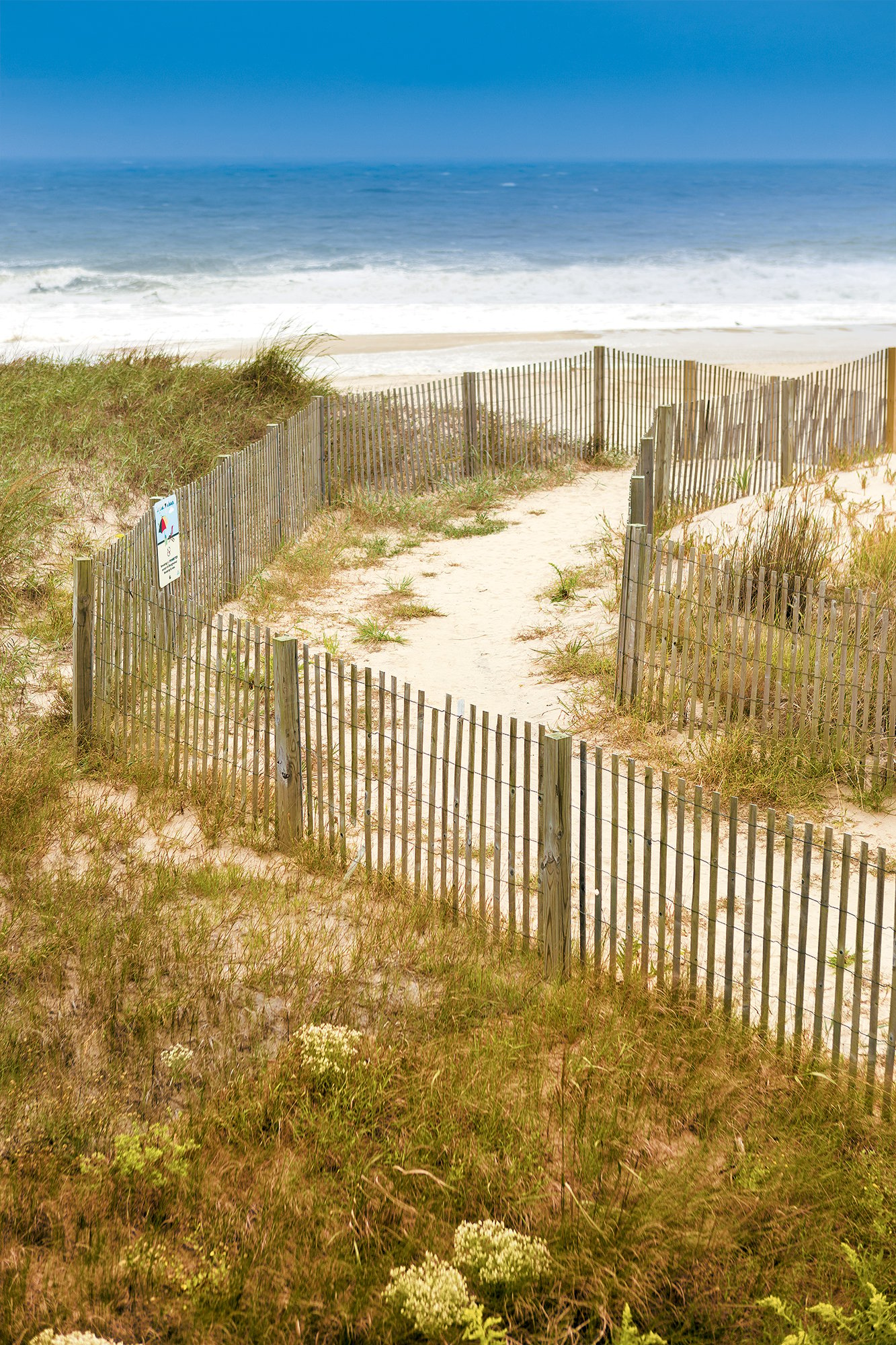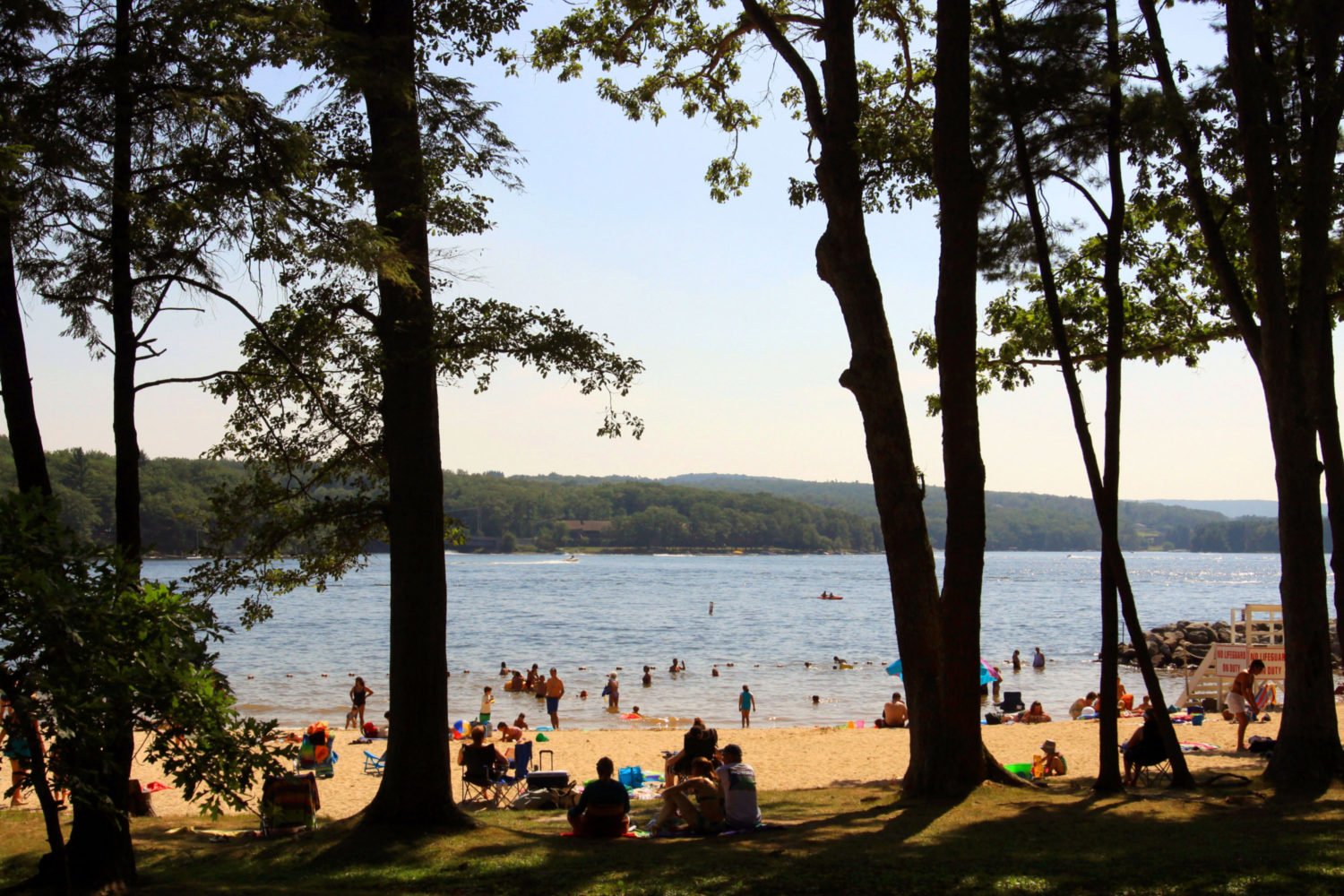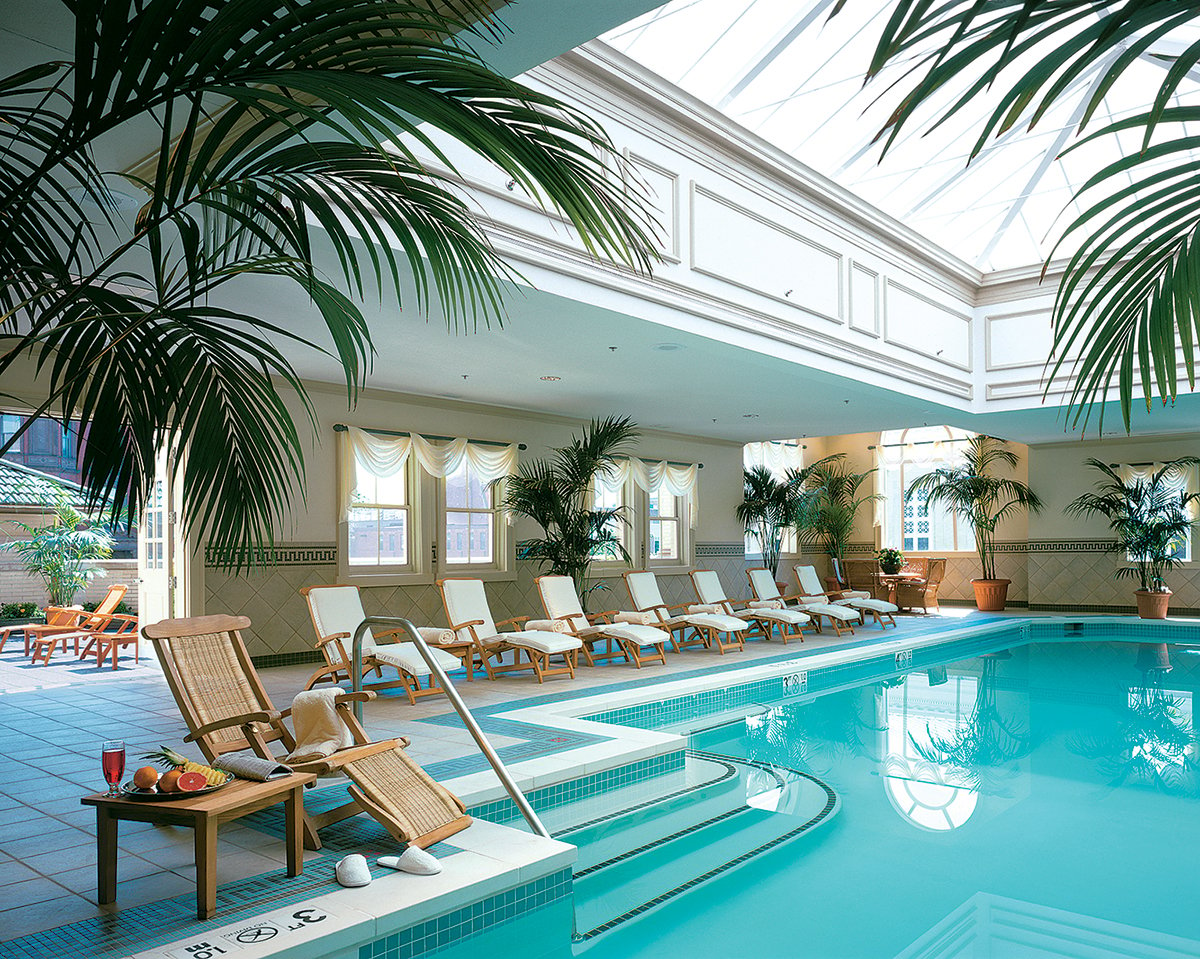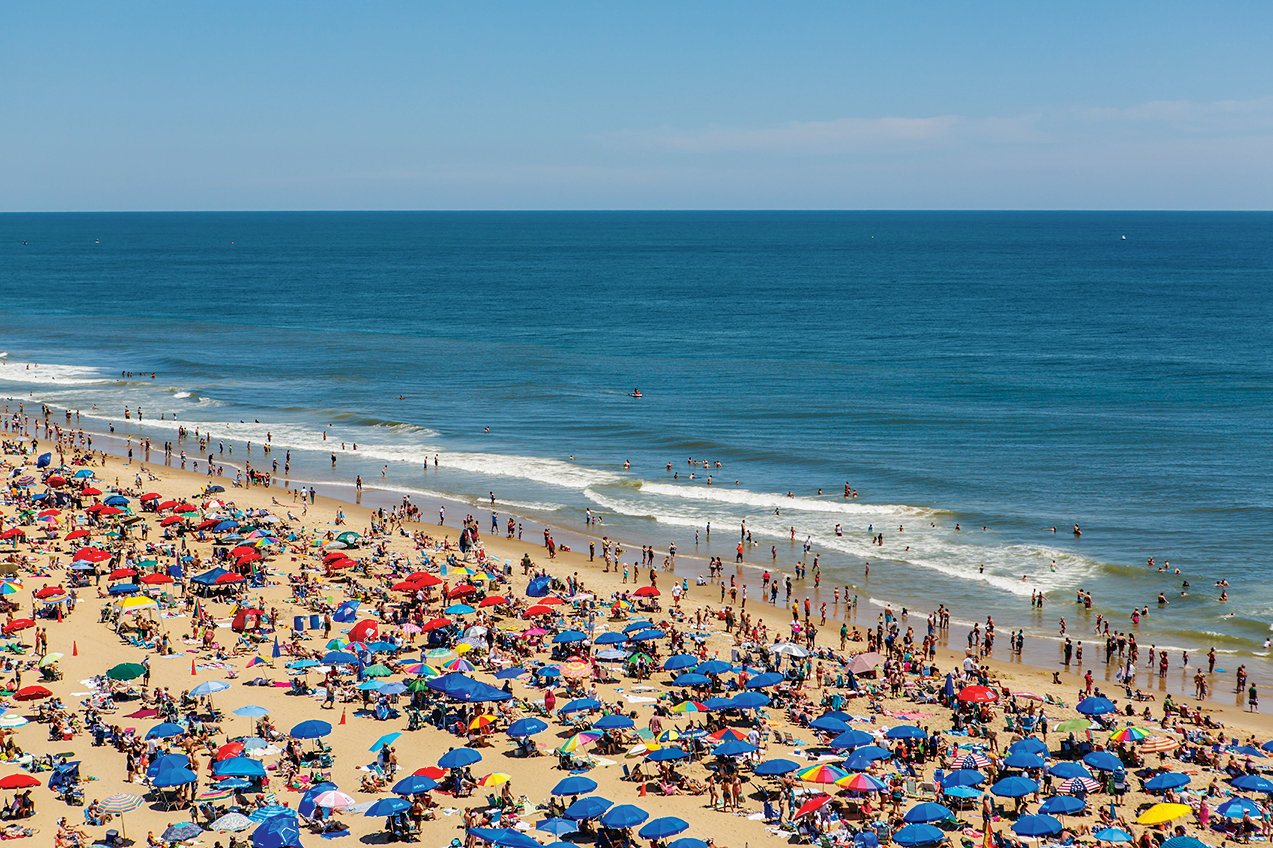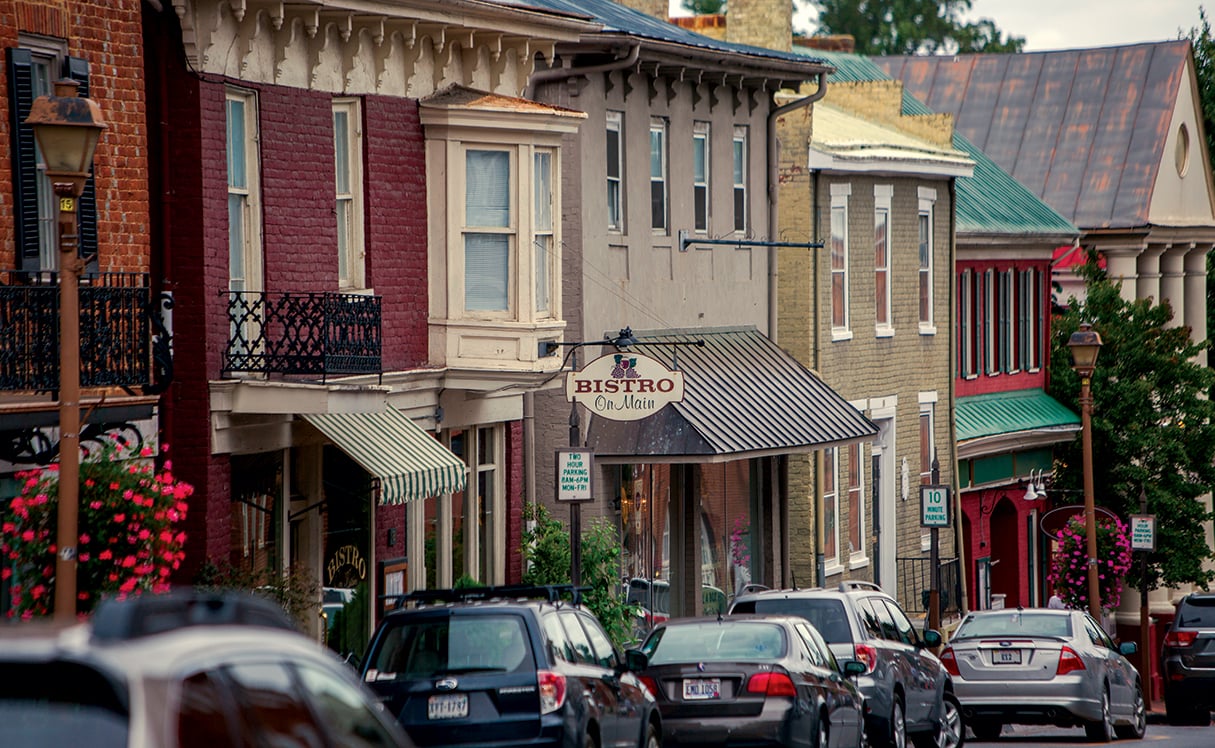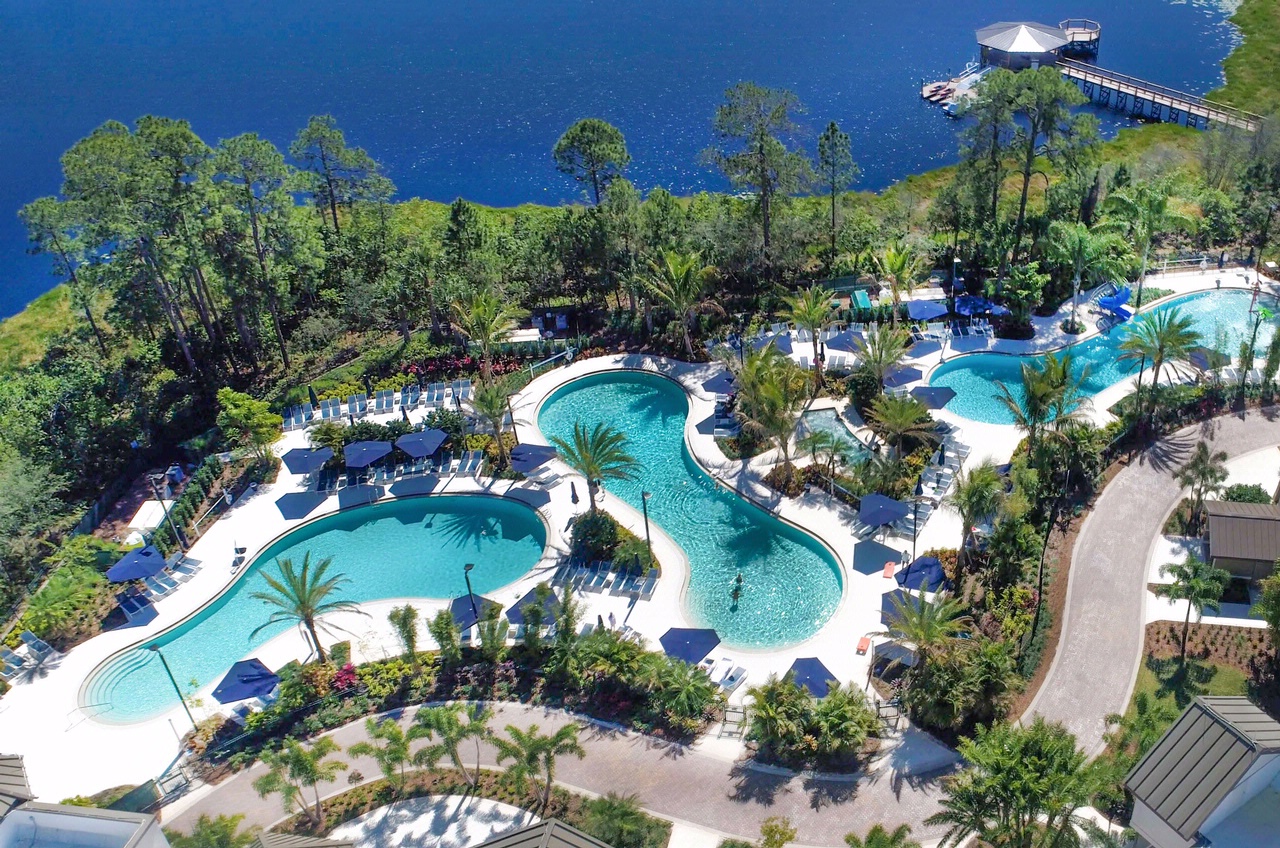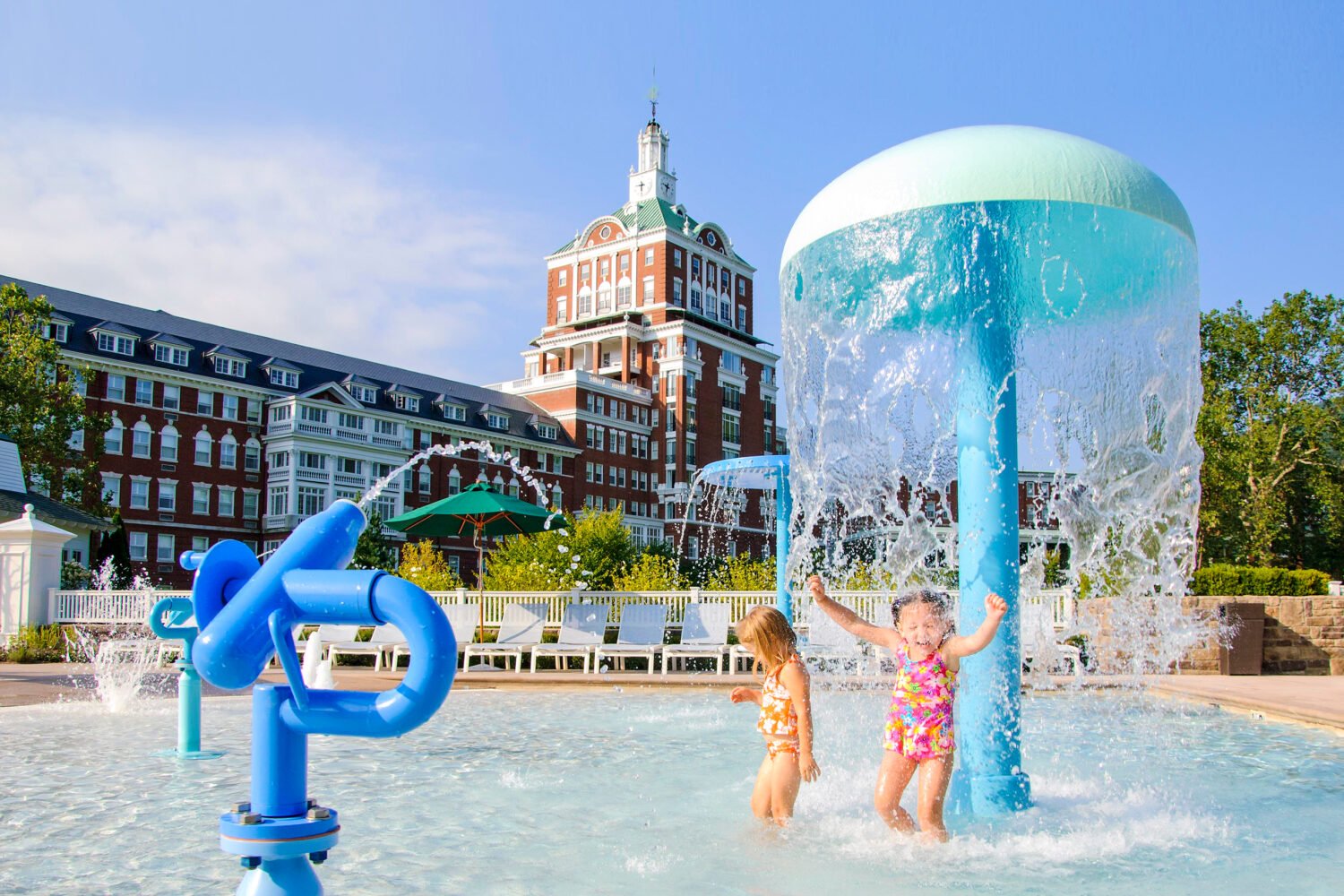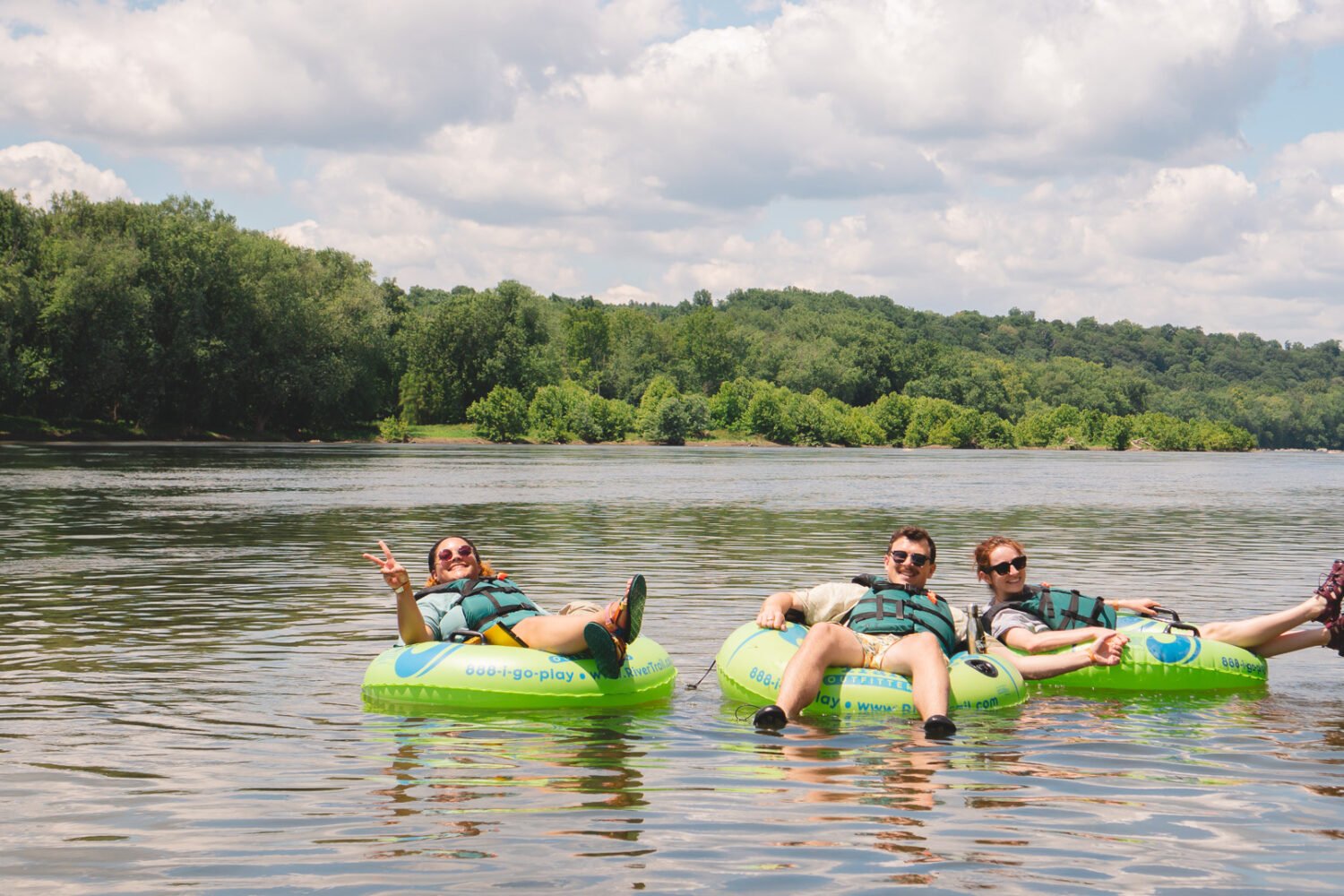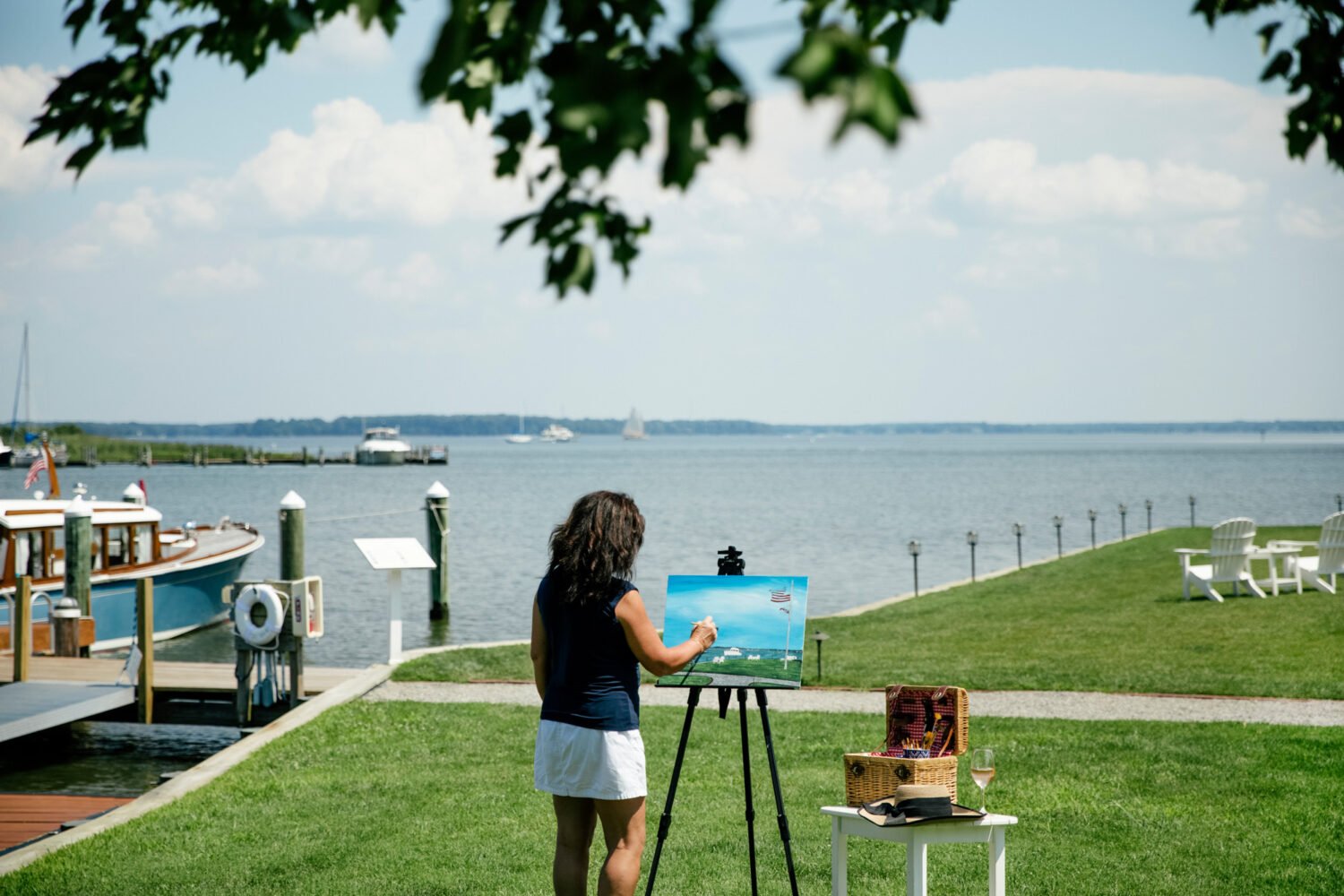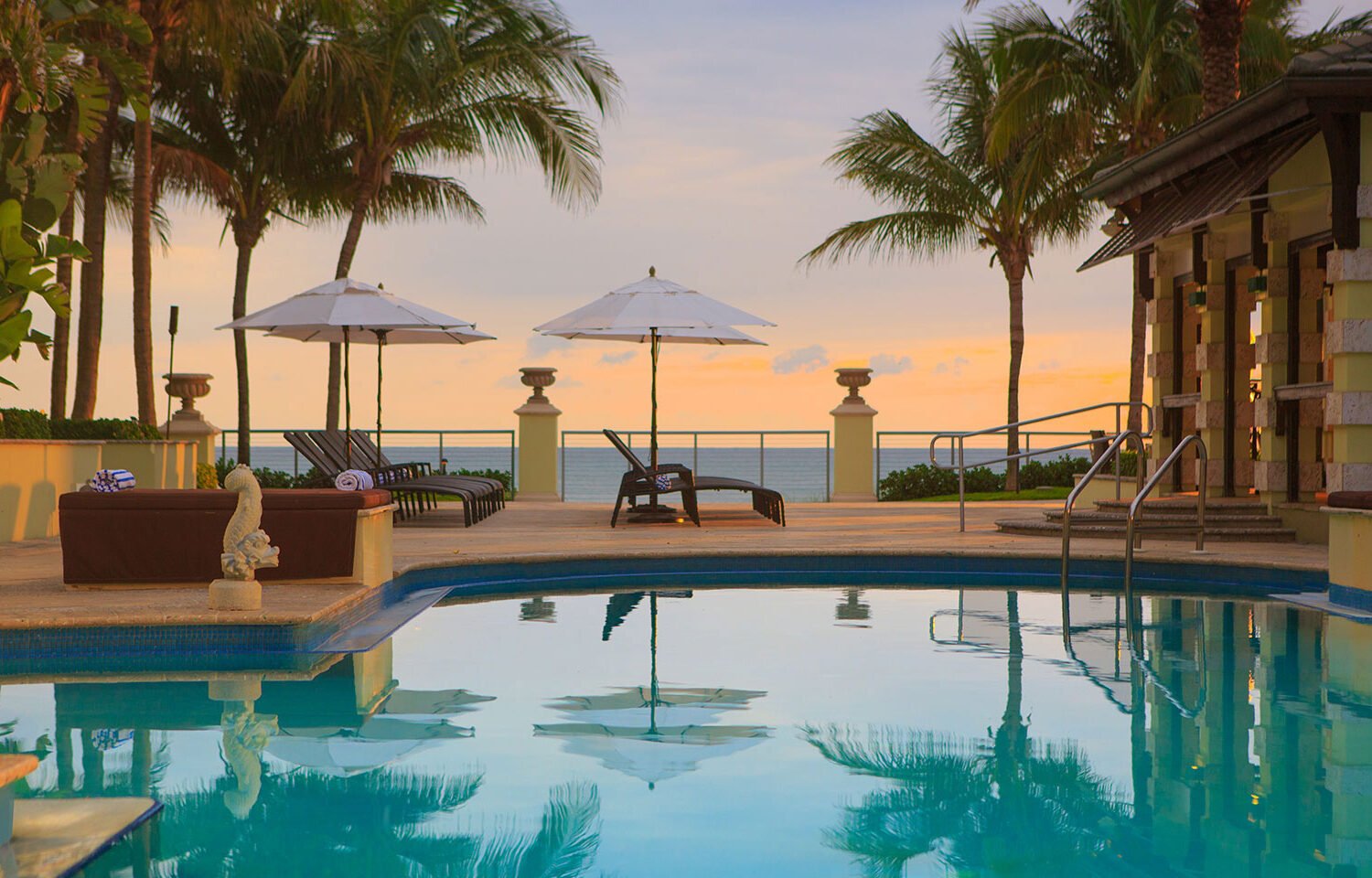About Beach Guide
This is part of our great big guide to the DC area’s best beaches. From the surf scene in Virginia Beach to Ocean City’s expansive boardwalk, we found the best bites and activities (yes, even in Jersey) that’ll make this summer by the shore your best one yet. Water you waiting for? Dive in.
Maybe your family has gone to the same beach for years and you’re looking to break with tradition. Or perhaps you’re new to the area and don’t know which stretch of sand has your name on it. Here’s a guide to some of the Mid-Atlantic beaches:
DC-Area Beaches: The Kind With Boardwalks
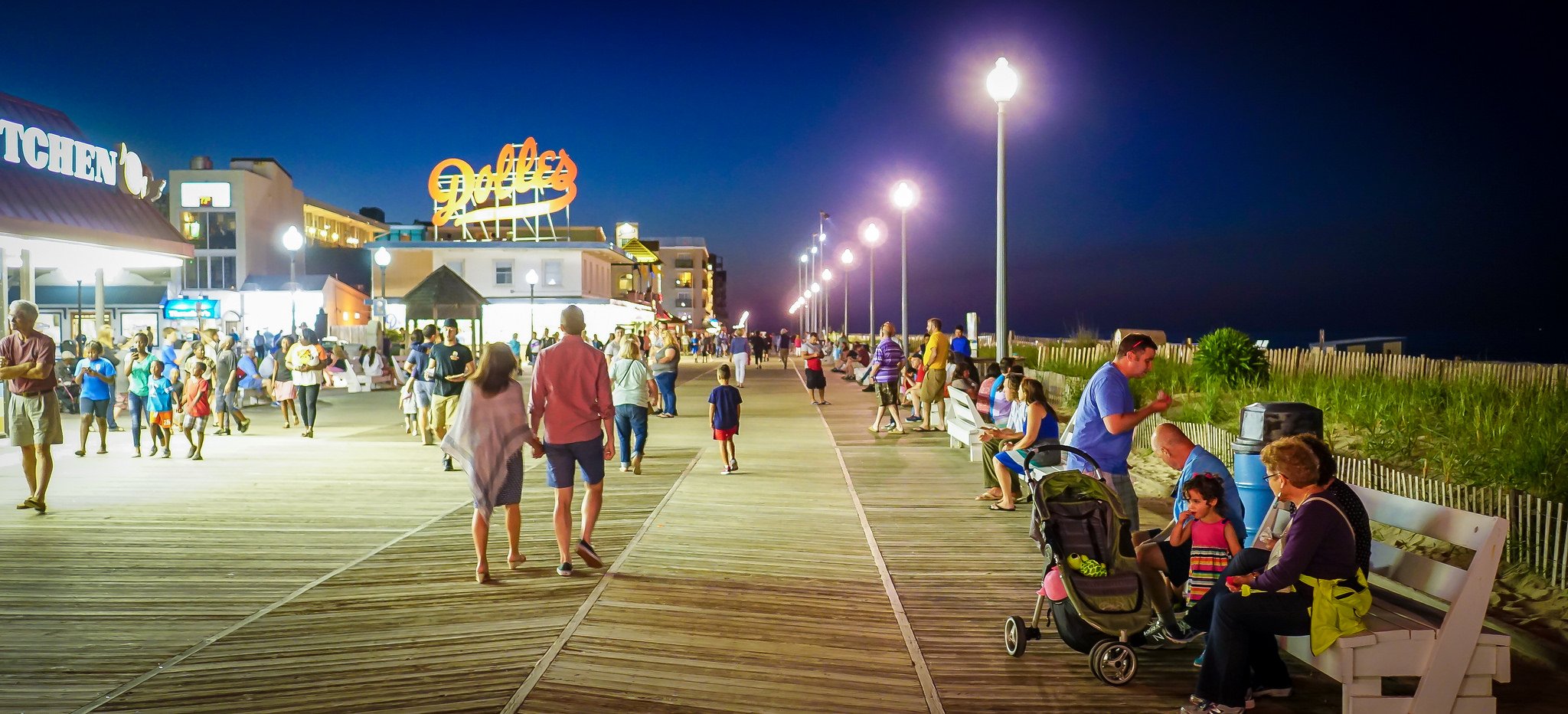
If you think a beach town isn’t a beach town without a boardwalk—complete with arcade games and taffy shops—your best options are Ocean City, Maryland; Rehoboth; and Wildwood. Virginia Beach’s three-mile boardwalk is more for strolling, not flashy games and rides.
DC-Area Beaches: The Kind Where Your Dog Will Feel at Home
Bringing your dog on vacation with you—and hate to leave it in the house all day? While many beaches ban dogs completely between Memorial and Labor Day, or during certain hours in summer, some towns on the Outer Banks allow them year-round, while Asbury Park and Wildwood both have designated off-leash dog beaches.
DC-Area Beaches: The Kind With Open Space
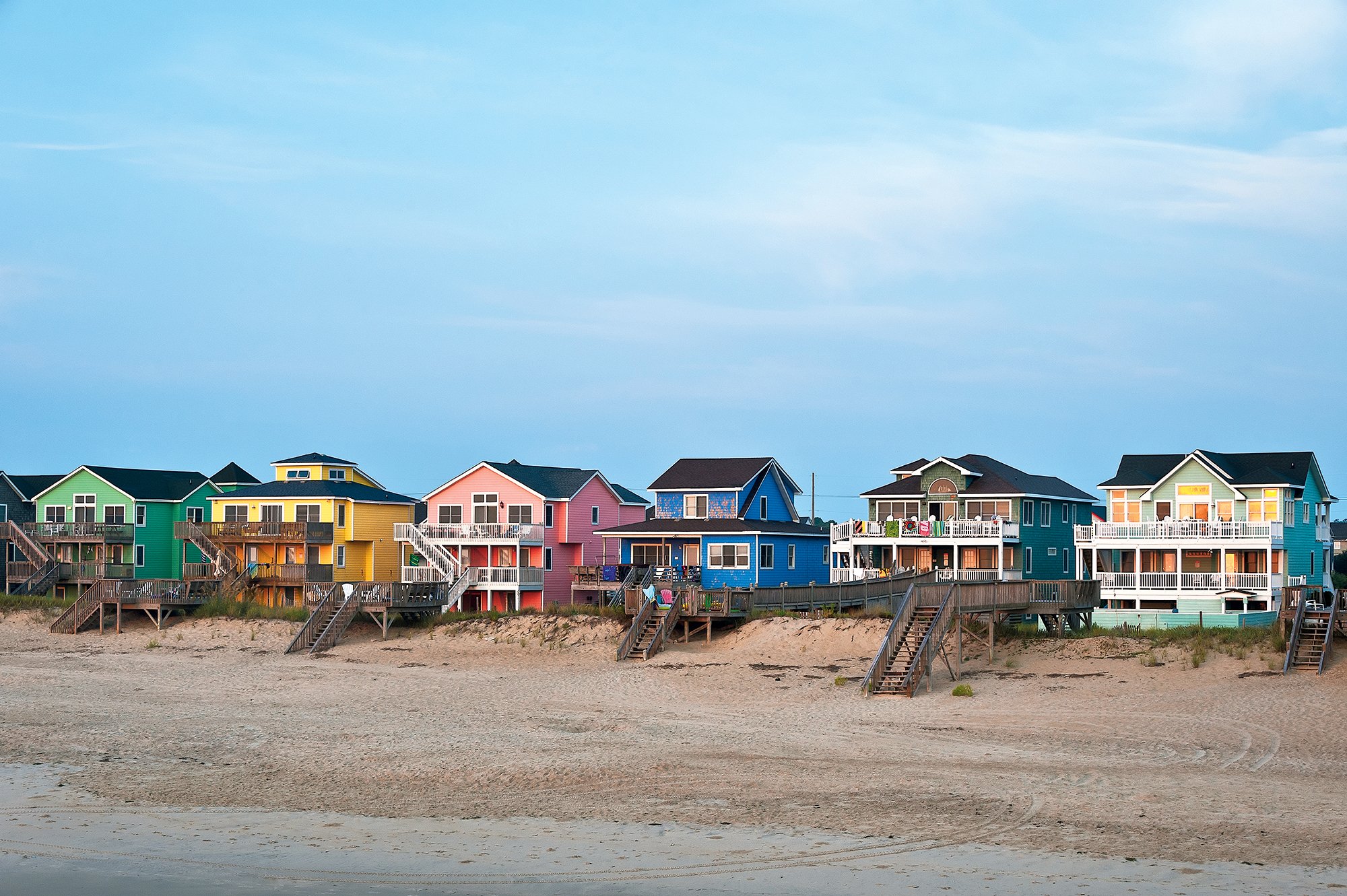
There are fewer chances you’ll be wedged close enough to smell your neighboring beachgoer’s sunblock if you steer clear of the bigger resort towns. Consider Assateague, Chincoteague, Fenwick Island, the Outer Banks, and Virginia Beach’s Sandbridge and North End.
DC-Area Beaches: The Kind With Culture
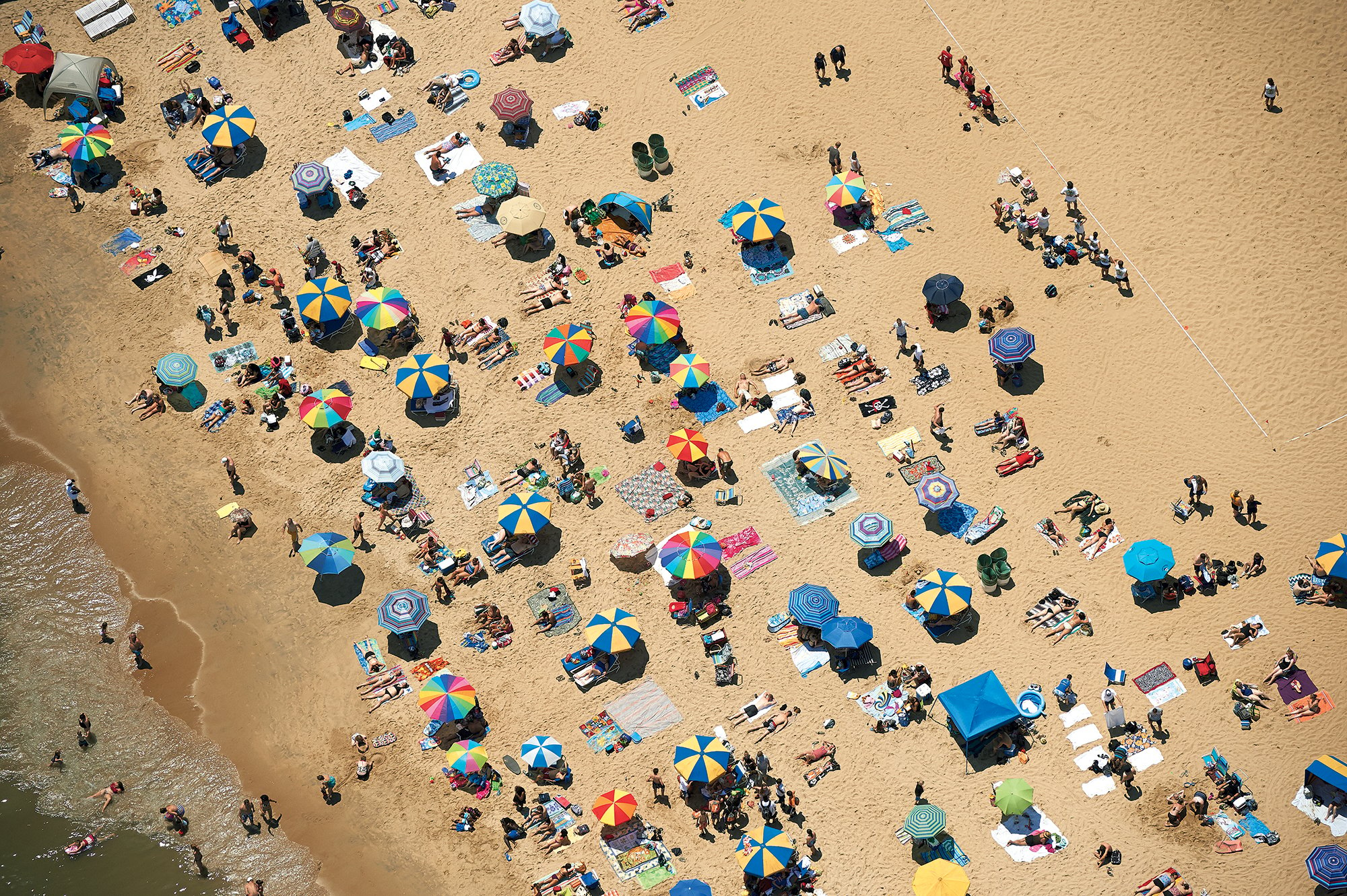
Rainy-day options at the beach usually mean just movies, arcades, and outlet shopping. If you’re more into visiting a museum or touring something historic, check out Cape May, Lewes, and Virginia Beach.
DC-Area Beaches: The Kind Where You Can Be You

While many shore towns welcome the LGBTQ community, Rehoboth and Asbury Park are known as particularly gay-friendly.
DC-Area Beaches: The Kind Where Your Group House Full of Twentysomethings Will Feel at Home
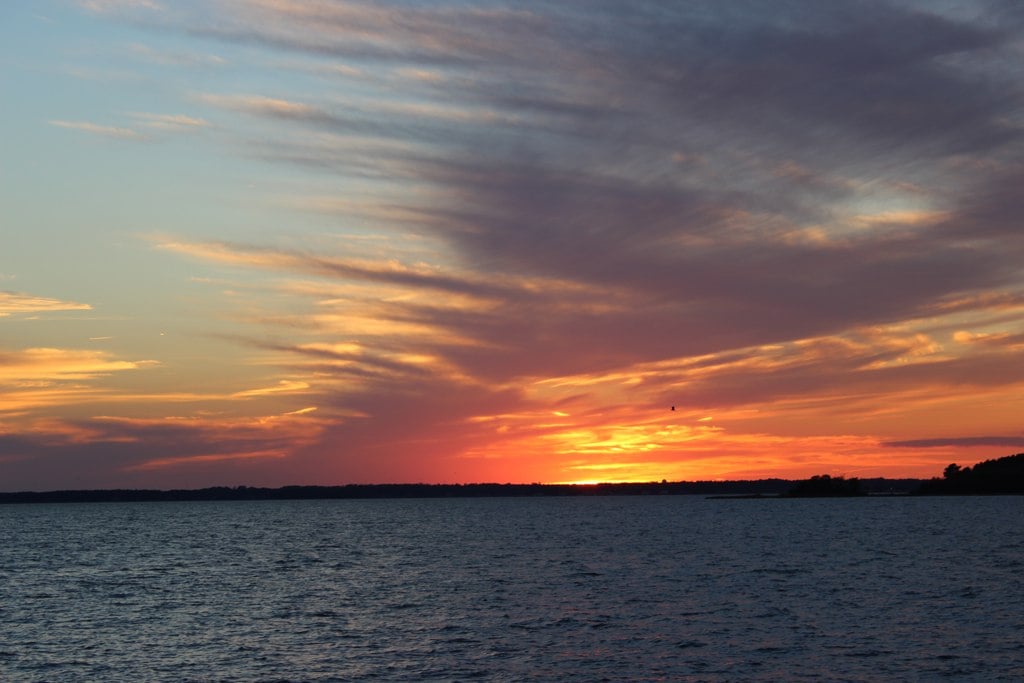
All about renting a house with a crew of fellow millennials, playing volleyball by day and hitting the clubs at night? Look to Dewey.
3 Fun Facts About Mid-Atlantic Beaches
1. Ten thousand years ago, the Mid-Atlantic coast had sea levels 30 to 90 feet lower than they are today. Much of what’s covered by ocean now was dry land, and Native Americans lived in those areas. These days, 27 state- or federally recognized tribes call the region home, and they consider these places, now submerged, as historic sites with cultural value.
2. The sand on most East Coast beaches is 5,000 years old and mainly made of quartz and feldspar. Rising sea levels over the past 12,000 years have trapped new sand particles in places such as the Delaware and Chesapeake bays, and beachfront construction keeps new sand from making its way to the shore.
3. More than 20 kinds of shells are commonly found on Mid-Atlantic beaches—among them, angel wings, jingle shells, whelks, sand dollars, and lady slippers.
Five Animals You Might Spot at the Mid-Atlantic Shore
Piping Plovers

Piping plovers are endangered or threatened in the US, but you can catch a glimpse of these tiny, pale birds along sandy beaches, where they nest.
Wild Ponies

More than 300 roam the salt marshes, beaches, and pine forests of Maryland and Virginia’s Assateague Island.
Great Shearwaters

These birds love open ocean and cold water but will head to shore during storms. Get to the beach on a wet and windy day to see one.
Horseshoe Crabs

The living fossils—around for at least 445 million years—are easiest to spot in June and July, when they lay their eggs on local beaches.
Jellyfish

Jellyfish are poor swimmers—they mostly drift along currents. If you’re stung, rinse the area with vinegar. Don’t apply seawater or ice.
These articles appeared in the July 2018 issue of Washingtonian.

